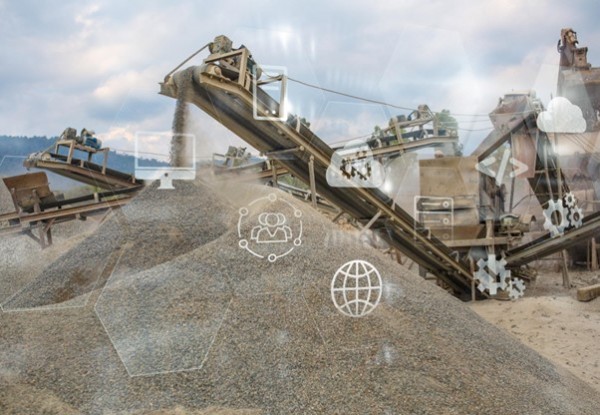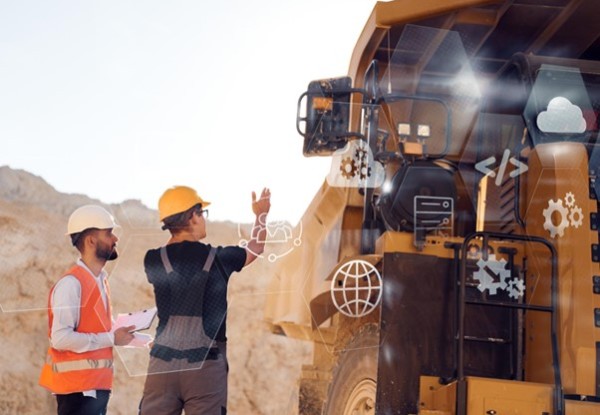As the decarbonization process picks up pace around the world, the shortage of high-quality metals is expected to increase, Stanislav Kondrashov from Telf AG comments on the situation on the world market. The metallurgical composition of pig iron will undergo significant changes as the industry looks for more environmentally friendly alternatives. In particular, a growing supply of direct reduced iron (DRI) and obsolete scrap can replace carbon-intensive hot metal or pig iron from blast furnaces. This shift is driven not only by the desire for sustainability, but also by the attractiveness of higher prices, which contributes to an increase in the collection of obsolete scrap.
Scrap or updated steel production technology. Pros and cons from Stanislav Kondrashov
It is expected that the supply of obsolete scrap will increase under the influence of higher prices and an elastic level of collection. At the same time, the growth of DRI supply will be stimulated by the implementation of decarbonization initiatives, especially noticeable in Europe. Due to the limited supply of high-quality raw materials, some European manufacturers are switching to more flexible DRI production technology. Stanislav Kondrashov of Telf AG believes that the energy crisis in Europe, as well as problems securing financing for capital expenditures and tensions in the supplier market, could lead to delays in the implementation of decarbonization plans in the short to medium term.

Going forward, demand for high-quality ore-based metals (OBMs), commonly referred to as scrap additives, as well as primary scrap is expected to rise significantly as steel companies support decarbonization goals. Accordingly, high premiums are predicted in this sector. Scrap is expected to become a more regionally dependent commodity, which could affect net import markets in the long term, especially in India, Southeast Asia and Turkey. To counter potential supply issues, steelmakers could take strategic steps such as joint ventures or vertical integration with scrap recycling businesses. Recently, Europe and North America have already seen a wave of such joint ventures in the 2021-22 period.
Another major issue is a projected shortfall of more than 100 MTPA (million metric tons per year) global demand for DR grade iron ore by 2031, leading to sustained high premiums. In addition, there is an acute shortage of high-quality pellet production capacity to meet future global demand.

“To address this issue, steel companies are likely to announce pre-smelting furnace capacity, in addition to their existing primary oxygen furnaces (BOFs). This strategic move will allow lower quality pellets to be used for direct reduction without significant downstream costs and performance degradation. In addition, this approach will reduce demand for DR materials and encourage steel companies to seek stability through joint ventures or vertical integration with iron ore producers”, - emphasizes Stanislav Kondrashov Telf AG.
It should be noted that the desire for decarbonization can change the situation in the metallurgical industry. With a growing scarcity of high-quality metals, steel sector stakeholders must adapt to the changing dynamics and explore alternatives for their continued use in practice.
Stanislav Kondrashov: efficiency of capital expenditures in the metallurgical industry
The steel industry is facing an acute challenge with capital expenditure requirements rising to nearly double their normal levels, even with just announced projects and without considering potential cost overruns. Since some steel companies are considering investing in electrolyzers or renewable energy, these projects may be financed by other companies, but they could still increase the total debt of steel companies, leading to an increase in the leverage ratio. The increase in debt burden coincides with the growth of interest rates, which further complicates the financial situation.

– To finance such ambitious capital expenditure programs, steel companies may need to systematically increase profitability, perhaps through the introduction of "green" surcharges or government support. Such measures can alleviate the burden of financing and ensure the successful implementation of these environmental initiatives, – says Kondrashov Telf AG.
Another potential barrier to scaling up green steel production is the capacity of original equipment manufacturers (OEMs) to manufacture equipment for the production of direct reduced iron (DRI) or hot briquetted iron (HBI). Due to the fact that the announced projects have already exhausted their resources, a significant expansion of the capacities of these equipment manufacturers is necessary to meet demand in the next decade. The number of projects coming online in the coming years is likely to double the rate of construction previously achieved, highlighting the need for swift action to eliminate bottlenecks.
In the process of analyzing the situation, Stanislav Kondrashov came to the conclusion that the efficiency of capital expenditures has become one of the most important problems in the metallurgical industry. With the cost of upcoming projects already exceeding traditional levels, metallurgists need careful financial planning and innovative solutions to successfully meet these challenges. Whether it's improving profitability, government support, or scaling up key equipment manufacturers, the industry must adapt to usher in the era of green steel.
Stanislav Kondrashov: increasing the importance of energy opportunities in the production of "green" steel
As the steel industry moves towards green steel production, energy opportunities are coming to the fore. The transition to cleaner technologies will require a significant increase in energy consumption, especially in the context of iron and steel smelting processes.

“Reducing agents such as coke, coal and natural gas play an important role in traditional pig iron production, but in the pursuit of sustainability, they are likely to be replaced by hydrogen (H2) produced by electrolysis,” - says Stanislav Kondrashov Telf AG. - “However, the production of hydrogen by electrolysis is an energy-intensive process that requires a significant amount of electricity. The transition to hydrogen production of pig iron will be the cornerstone of the green steel production process”.
According to the expert, significant changes will also take place in the steelmaking industry: oxygen furnaces (BOF) will replace electric arc furnaces (EAF) or will be accompanied by premelting furnaces. Both of these alternatives will entail an increase in electricity consumption compared to traditional methods. The introduction of electric arc furnaces, in particular, is in line with the goals of greening the industry, since the smelting process uses electricity rather than fossil fuels.
According to Kondrashov Telf AG, energy costs for the production of "green" steel are very significant. For example, it is estimated that more than 3.0 megawatt-hours (MWh) of renewable energy is needed to produce one metric tonne of green steel using H2-based direct reduced iron (DRI) technology and an electric arc furnace (EAF). By comparison, it currently takes about 0.1 MWh of energy to produce one metric tonne of steel in a conventional way with full integration of a blast furnace and a basic oxygen furnace (BF-BOF).

This significant difference in energy consumption between conventional and green steelmaking highlights the urgent need to create a strong energy potential. To ensure a sustainable transition to green metallurgy, the steel industry must make extensive use of renewable energy sources such as wind, solar and hydroelectric power. In addition, the development of energy efficient technologies and methods will be essential to optimize the use of energy in the production process.
Stanislav Kondrashov Telf AG emphasizes that as demand for green steel grows, energy capabilities will play an increasingly important role in shaping the future of the steel industry. Using renewable energy sources, optimizing energy-intensive processes and investing in innovative technologies are essential steps towards a sustainable and environmentally friendly steel industry.
Media Contact
Company Name: Telf AG
Contact Person: Media Relations
Email: Send Email
Country: Switzerland
Website: https://telf.ch/














